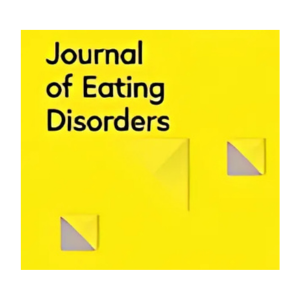Eating Disorders & Disordered Eating in Youth:
Real Numbers, Real Hope
Why You Should Read This Now
Kids, yes, children of all ages, can struggle. Early signs are easy to miss. Whether you’re a young person, a parent, or an educator, knowing the facts can change, and even save, lives.
The Latest Numbers
3% of U.S. teens (13–18)
have a diagnosable eating disorder, however, most never receive specialized care.
Emergency Department visits rose 107%
for teen eating disorders in the U.S. between 2018–2022
Click Here
22% of kids and teens
worldwide report disordered eating behaviors.
Rates are rising fastest
among LGBTQ+, BIPOC, and youth facing bullying or food insecurity.5
21% of males (15–35)
meet DSM‑5 criteria for a probable eating disorder; 5.8% have bulimia.
Click Here
In nearly 12,000 children (ages 9–10)
disordered eating impacted boys and girls equally.
Eating disorders remain among the deadliest mental health conditions
second only to opioid use disorders, with notably high mortality and suicide rates.
Click Here
The Warning Signs We Miss
Missed Detection
- Many schools and clinics aren’t trained to catch early signs.
Harmful stereotypes
-
Boys, trans youth, and kids in larger bodies are overlooked.
Root causes
- Genetics, trauma, social media pressure, cultural stigma, and systemic inequities.
What You Can Do
For Young People
- If food or body thoughts feel overwhelming—or you notice this in a friend—speak up. You’re not alone.
For Parents, Educators & Coaches
- Watch for changes in eating, mood, or social behavior. Trust your instincts. Advocate for better screening and training.
For Communities
- Share inclusive stories, challenge stereotypes, and support programs that expand access to evidence-based care.
Further Reading

:max_bytes(150000):strip_icc():format(jpeg)/Parents-Looksmaxxing-069e5cd30d4b4c9885a914f073f088ff.jpg)
